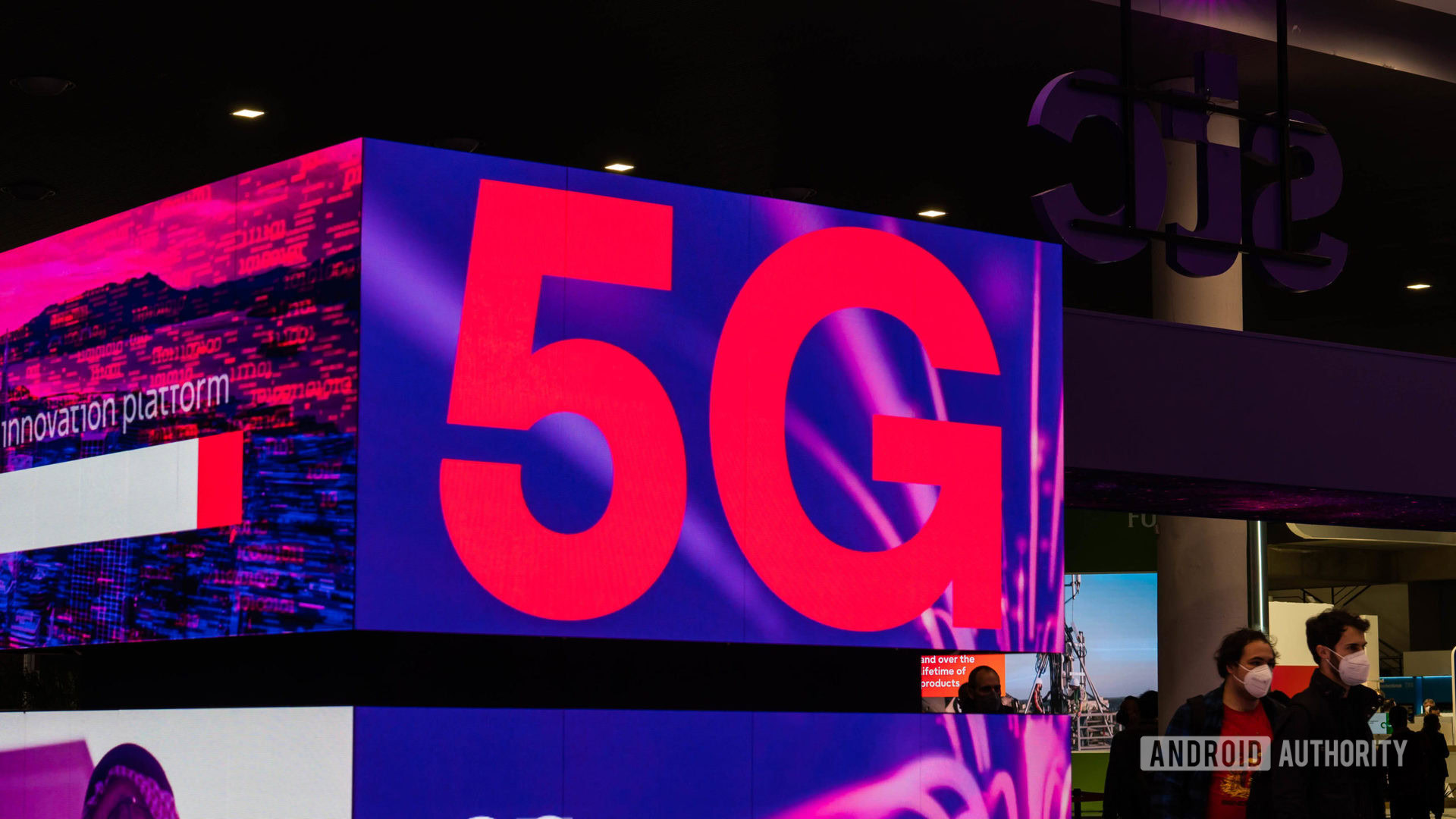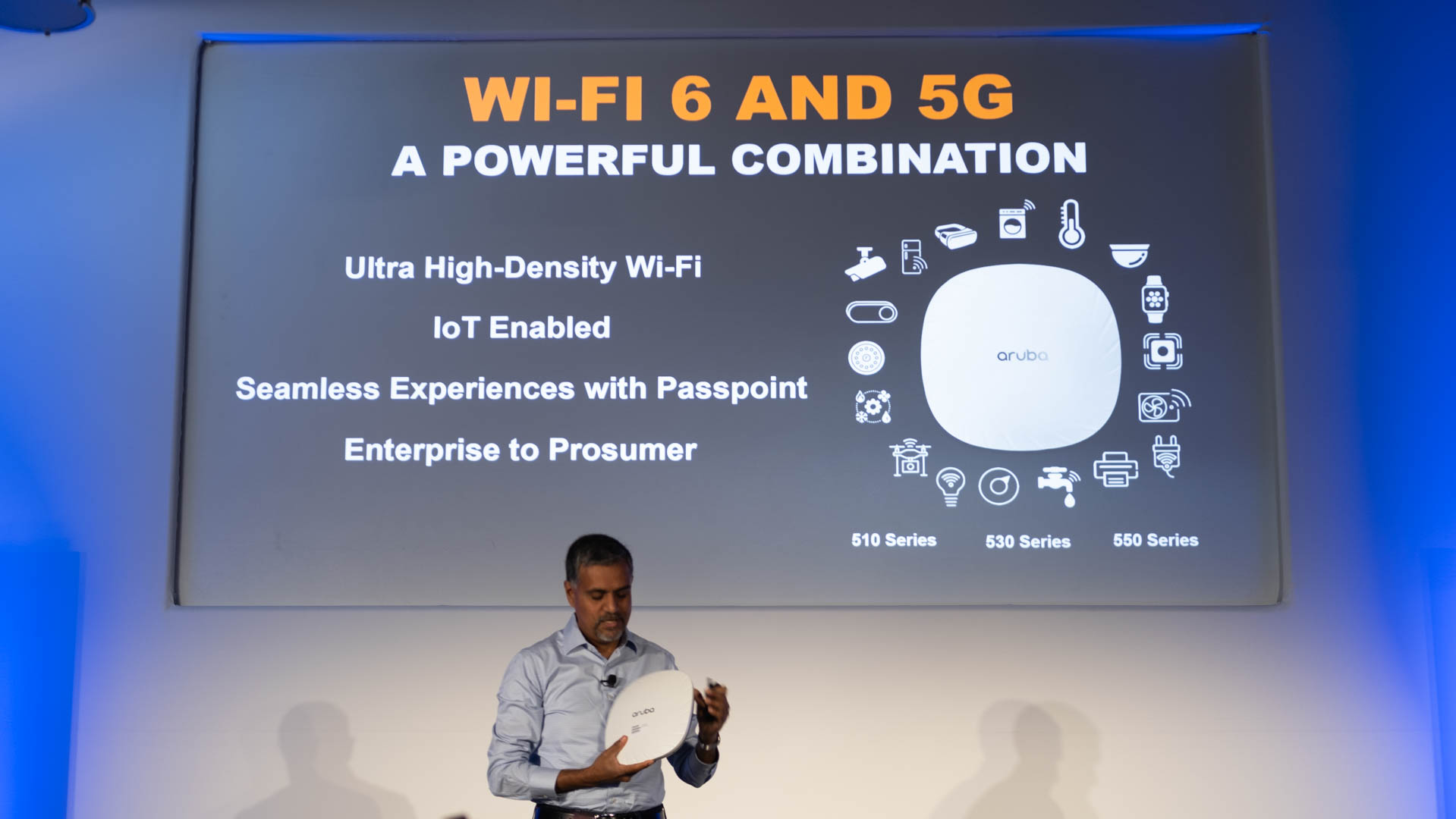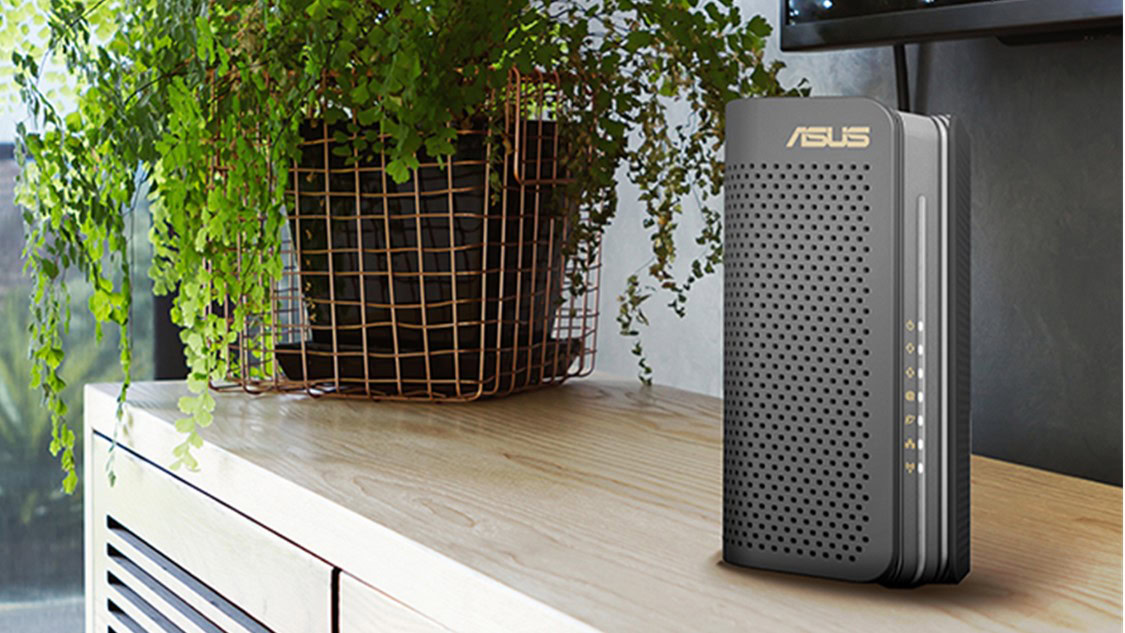Affiliate links on Android Authority may earn us a commission. Learn more.
Can 5G replace Wi-Fi? Why you might want to hang onto that router (for now)

Many of us pay two or more data bills every month, one for our home broadband connection and the other for cellular connectivity. With the rapid rollout of 5G, however, you may have heard that the gap in capabilities between these two networking technologies has started to diminish of late. Given this overlap then, is it possible that 5G will replace Wi-Fi as our go-to choice for a home internet connection? Let’s break it down.
Can 5G replace your home Wi-Fi connection?
5G mobile connectivity promises to offer better speed and capacity than 4G LTE, topping out at a whopping 1Gbps in ideal circumstances. According to internet speed testing giant Ookla, the median broadband speed in the US is far lower – just 150Mbps. However, that impressive 5G speed comes attached with an important caveat: it’s only attainable in areas with mmWave 5G coverage. And even if you live in such an area, your device must have a clear line of sight with the mmWave mobile tower.
Outside urban areas, you can only hope to get sub-6GHz 5G coverage. This flavor of 5G doesn’t need line of sight, which means that it’s much more widely available. However, it can’t reach the same blazing fast speeds. This is because higher frequencies (like mmWave) offer better throughput but are significantly more susceptible to losses when passing through obstacles.
Continue reading: Why Sub-6GHz 5G is more important than mmWave
And that brings us to the first reason why 5G probably won’t replace your broadband connection anytime soon. The theoretical 5G speed claims you’ve probably heard about just haven’t materialized in most parts of the world yet. And even if you were serviced by mmWave base stations, you may still have to contend with monthly data caps, which are far higher (if not non-existent) in broadband connections.
So far, carriers worldwide have prioritized sub-6GHz deployments to deliver blanket 5G coverage without breaking the bank. These still offer improvements over 4G, to be clear, they’re just not as revolutionary as some 5G marketing would have you believe. Given the high cost of mmWave infrastructure, it’s rather unlikely that it will become as widely available.
Read more: Which US cities have 5G coverage today?
5G vs. Wi-Fi: What’s the difference?

Even under ideal circumstances, switching to 5G full-time is easier said than done. One of the biggest limitations you’ll face is that most cellular plans only accommodate one connected device. While you can probably share this connection using your smartphone’s hotspot feature, doing so isn’t very practical beyond emergencies or short uses.
Moreover, cellular networks are notoriously susceptible to interference and congestion. While 5G has improved in these areas, you still cannot expect a single tower to reliably communicate with hundreds or even thousands of devices in its vicinity. On the other hand, a Wi-Fi access point only has to communicate with devices that are logged onto your personal network. Put simply, you’re not sharing the wireless spectrum with anyone else.
Wi-Fi is better suited to handle dozens of devices within a single household.
Of course, you could buy a 5G-capable Wi-Fi router to get the best of both worlds, but those are extremely rare. T-Mobile’s 5G Home Internet is one such example and even includes a router, but it’s only available in select areas. In the absence of such a service, buying your own hardware will likely cost much more than a standard broadband connection. Going down this route will also require you to pay for a separate cellular connection for your smartphone, assuming you need to stay connected while on the go.
Ultimately, the answer to whether you can permanently switch from broadband to 5G is still a maybe. At this point in time, the experience will depend on a number of factors. Your location, tolerance for fluctuations or disruptions in service, and the number of connected devices can all make or break the experience. Having said that, the aforementioned T-Mobile service hints that the future of home Wi-Fi could be linked to 5G after all.
